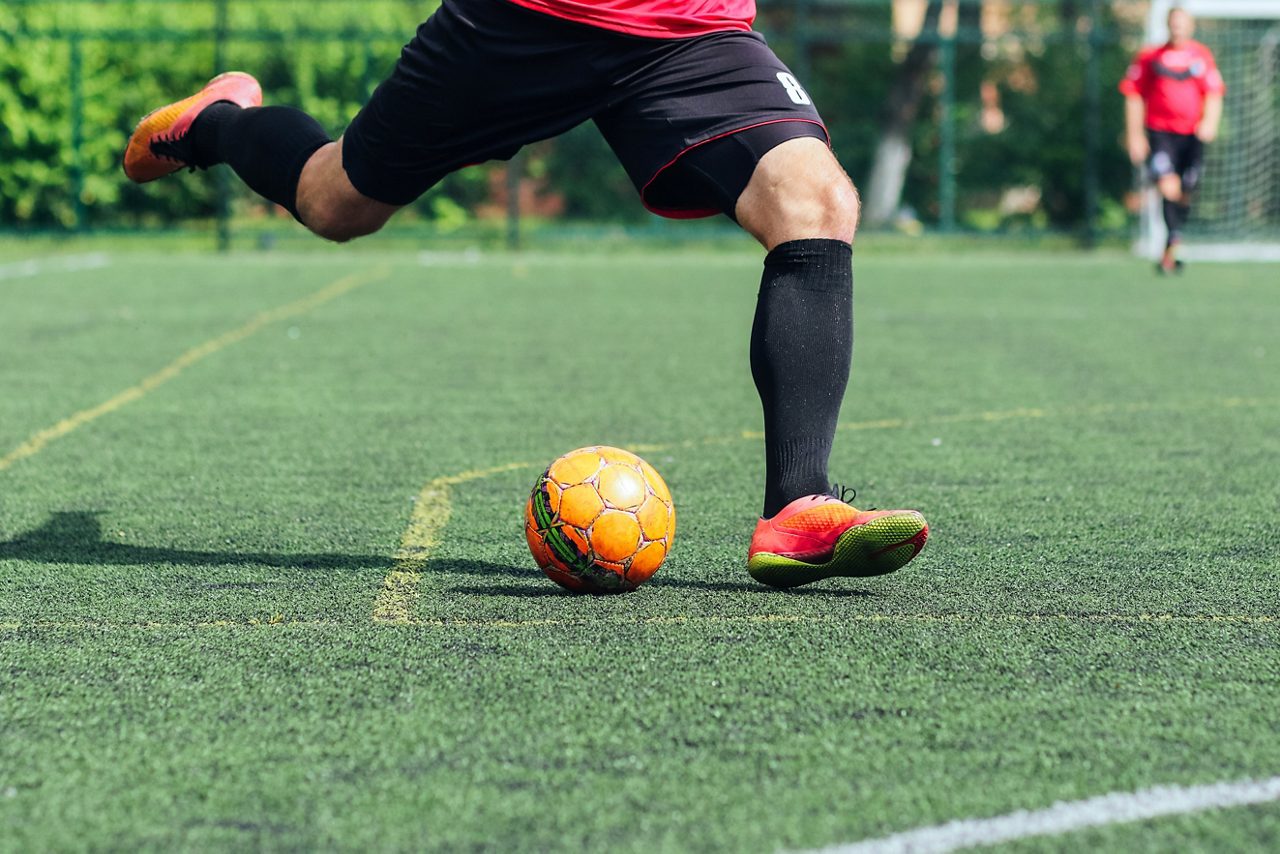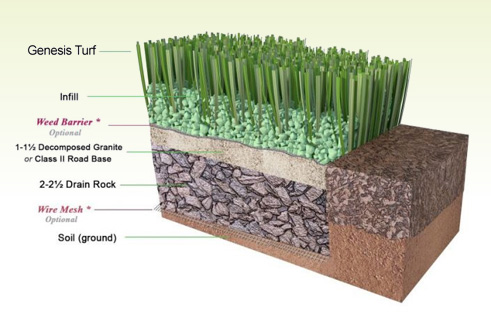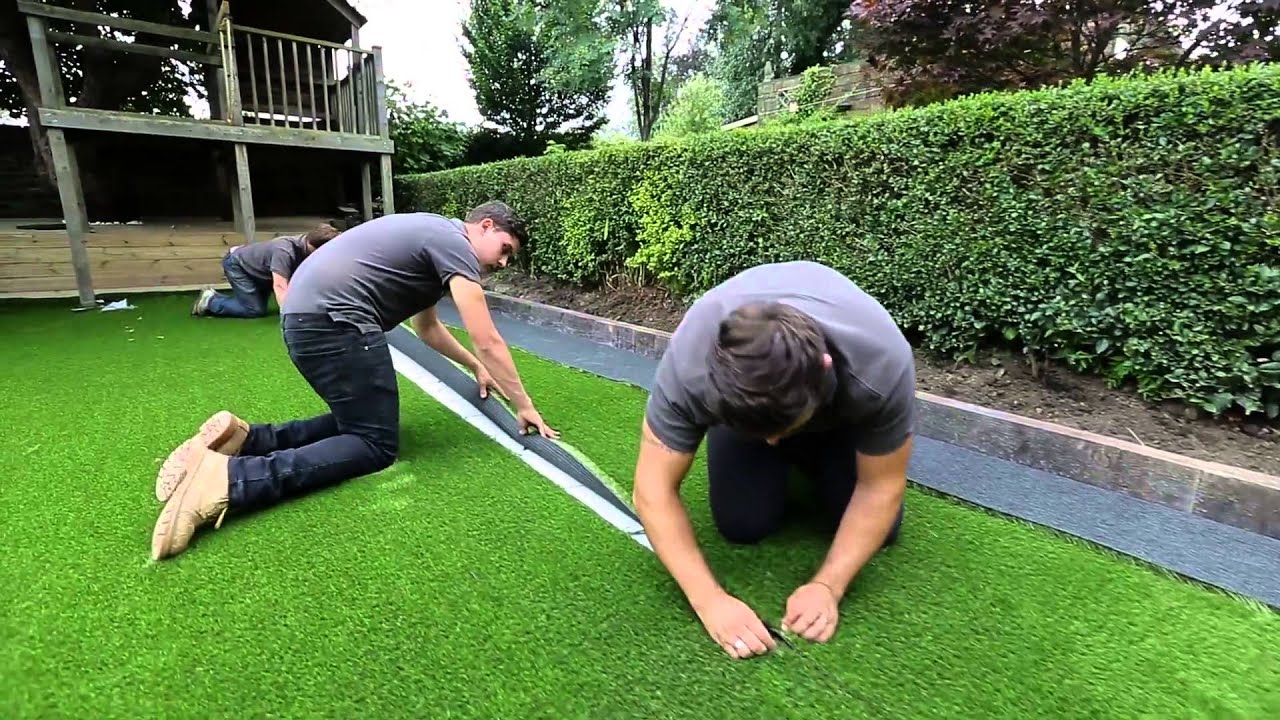Custom Turf Installation Phoenix AZ for Homes, Companies, and Recreational Spaces
Delve Into the Environmental Benefits of Opting for Synthetic Grass Solutions
The fostering of synthetic grass remedies offers an engaging opportunity to address pushing ecological obstacles. By considerably decreasing water usage and reducing the application of dangerous chemicals, these options not only promote lasting landscaping however also protect neighborhood ecosystems. The lower carbon impact associated with decreased upkeep activities adds to a more lasting technique to land management. The implications of these advantages extend past simple conservation efforts, raising concerns regarding their long-lasting effect on habitat preservation and total environmental equilibrium. Checking out these dimensions exposes an intricate interplay worth taking into consideration.
Water Preservation Conveniences
One of the most significant advantages of fabricated lawn is its capability to save water. In contrast, fabricated grass does not need watering, significantly reducing the overall demand for water resources.
By eliminating the demand for regular watering, man-made turf adds to sustainable landscape techniques and aids reduce the ecological impact of extreme water intake. Furthermore, the preservation of water includes the decrease of runoff, which can cause dirt erosion and river air pollution.
In addition, the setup of synthetic grass enables home owners and towns to assign water sources extra effectively, focusing on important uses such as alcohol consumption water and farming. The shift towards fabricated turf not only promotes accountable water usage but likewise straightens with broader ecological objectives focused on protecting natural deposits.
As areas progressively prioritize sustainability, the water conservation benefits of man-made lawn provide an engaging situation for its adoption in household and industrial landscaping jobs.
Minimized Chemical Usage
The change to synthetic grass significantly lowers the dependence on chemical treatments frequently made use of in all-natural lawn upkeep. Traditional grass monitoring normally entails the application of herbicides, fertilizers, and pesticides to advertise development and control pests. These chemicals can present risks to human health and wellness, regional wild animals, and the atmosphere, contributing to dirt and water contamination.
On the other hand, synthetic lawn gets rid of the need for these dangerous materials. When set up, it needs very little upkeep, primarily consisting of regular cleaning and infrequent infill replenishment. This reduction in chemical use not just benefits the instant setting however also adds to more comprehensive ecological stability. By decreasing the release of artificial substances into the environment, artificial grass advertises much healthier soil and water systems.
Furthermore, the absence of chemical runoff related to synthetic grass setups helps shield local rivers from air pollution, supporting aquatic life and keeping biodiversity. Arizona artificial turf. As areas increasingly prioritize sustainable techniques, going with artificial turf offers a practical option that straightens with environmental conservation goals. Through this change, homeowner can enjoy lush eco-friendly spaces without endangering ecological wellness, paving the means for a more sustainable future
Reduced Carbon Footprint

Moreover, the installation of synthetic grass can cause substantial water preservation. All-natural yards require significant quantities of water for watering, which not only adds to the carbon footprint connected with useful link water extraction and therapy however also strains regional water sources. In comparison, artificial turf needs very little upkeep, requiring no watering, therefore significantly decreasing water use and its linked power prices.
Furthermore, the longevity of synthetic grass contributes to its decreased carbon effect. With a lifespan of approximately 15 years or even more, the need for frequent substitutes is reduced, leading to less waste and reduced power usage in manufacturing and taking care of typical grass options. Generally, fabricated grass provides a sustainable option for environmentally mindful landscaping.
Environment Conservation
Habitat conservation is a critical consideration in the discussion over landscape design choices, particularly when contrasting synthetic grass to natural grass. Natural lawn yards typically require substantial maintenance, consisting of making use of pesticides, plant foods, and herbicides, which can detrimentally impact neighborhood communities. These chemicals can seep into the soil and rivers, damaging native flora and fauna and disrupting regional habitats.
On the other hand, synthetic grass offers an opportunity to minimize the ecological impact of landscaping. By going with artificial turf, house owners can decrease the disruption of all-natural habitats connected with traditional grass treatment methods. Synthetic grass gets rid of the need for harmful chemicals, consequently safeguarding nearby wildlife and preserving the stability of bordering ecosystems. The installation of synthetic lawn can lead to the conversion of previous turf areas into even more biodiverse landscapes, look at this website such as pollinator yards or indigenous plant locations, which can support regional wild animals.
Inevitably, the shift to man-made lawn not only conserves water and decreases upkeep efforts but additionally fosters an extra unified relationship between human activities and the natural surroundings, promoting environment conservation while doing so.
Long-Term Sustainability
Lasting sustainability is a vital consider evaluating the benefits of synthetic grass over standard turf lawns. One of one of the most considerable benefits of synthetic grass is its toughness; it can last approximately 15-20 years with minimal maintenance, whereas all-natural yard calls for frequent reseeding and replacement. This durability reduces the requirement for constant resources, such as water, plant foods, and chemicals, which are necessary for keeping a healthy and balanced turf lawn.
In addition, synthetic grass adds to a reduction in carbon exhausts connected with yard treatment equipment. Conventional grass commonly need gas-powered lawn mowers, leaners, and blowers, all of which add to air pollution. Phoenix turf companies. On the other hand, synthetic grass eliminates the requirement for such equipment, promoting a cleaner setting
Furthermore, the production of fabricated turf progressively makes use of recycled products, enhancing its sustainability profile. As producers embrace eco-friendly practices, the environmental impact of synthetic grass proceeds to diminish.

Conclusion
The adoption of man-made grass remedies provides considerable ecological benefits, consisting of considerable water preservation, minimized reliance on unsafe chemicals, and a reduced carbon impact. Fabricated grass aids in preserving all-natural environments by reducing land disturbance and advertising long-lasting sustainability through the usage of sturdy materials. Collectively, these factors emphasize the capacity of synthetic grass to add favorably to environmental health and offer a practical alternative to conventional landscaping methods in a significantly resource-conscious globe.
In comparison, artificial lawn does not require watering, significantly lowering the total need for water resources. By reducing helpful hints the launch of synthetic substances right into the environment, synthetic turf advertises much healthier soil and water systems.
Additionally, the installation of fabricated lawn can result in significant water conservation. In comparison, fabricated grass requires very little upkeep, requiring no watering, consequently considerably reducing water usage and its linked energy expenses.
